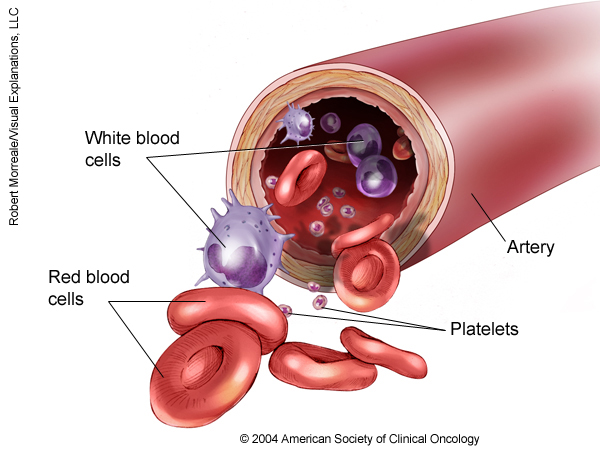Leukemia - Acute Lymphoblastic - ALL - Childhood - Latest Research
ON THIS PAGE: You will read about the scientific research being done to learn more about this type of cancer and how to treat it. Use the menu to see other pages.
Doctors are working to learn more about acute lymphoblastic leukemia (ALL), ways to treat it, how to best treat it, and how to provide the best care to children diagnosed with this disease. The following areas of research may include new options for patients through clinical trials. Always talk with your child’s doctor about the best diagnostic and treatment options for your child.

